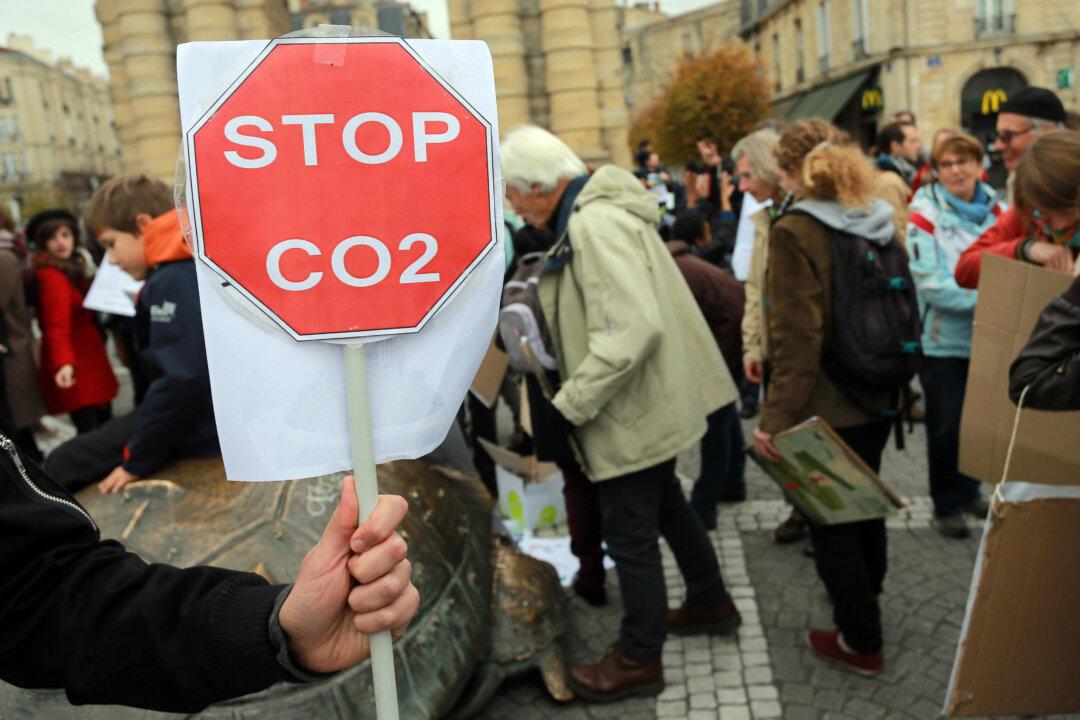Commentary
In the spring of 1990, I was a young professor, sitting in the annual convocation ceremony of a third-rate college in West Virginia. It’s a beautiful place, founded in the 1840s, classical architecture in leafy Appalachia, but it struggled to attract wealthy students, so its pursuit of prestige was never-ending. A typical device was awarding doctoral degrees honoris causa to any celebrity who’d impress the parents. So there I sat in Convocation Hall, watching an honorary doctorate awarded to “population expert” Paul Ehrlich. It was surreal.


